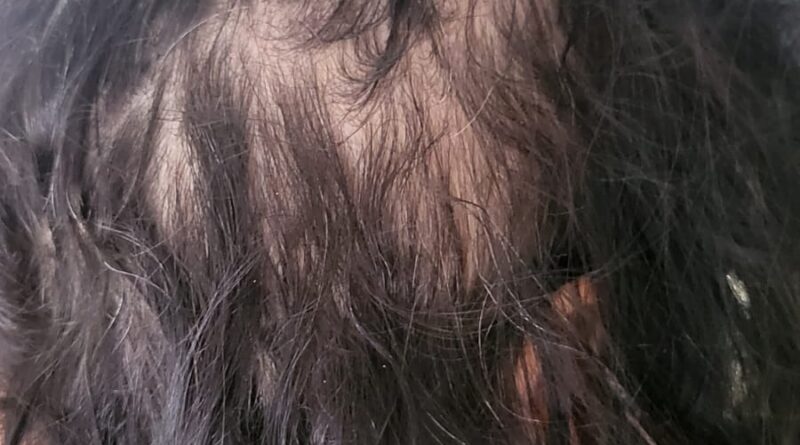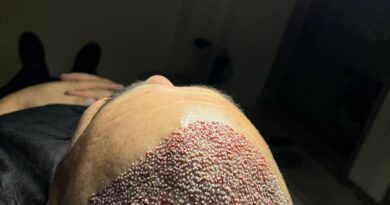When is a Second Hair Transplant Required?
Can Hair Transplantation Be Done Twice?
Second Hair Transplant can be done twice or more. The first hair transplant operation sometimes does not give the expected results or a new hair transplant may be required due to new hair loss. A second hair transplant operation can help plant new hair in areas that were not transplanted in the first procedure. In addition, if hair loss continues after the first hair transplant operation or if the existing hair becomes thinner, a second hair transplant operation may be required.
However, before performing a second hair transplant operation, it is important to wait depending on the results of the first hair transplant operation. Your hair transplant surgeon will inform you when you can transplant hair again and what you should pay attention to when performing this procedure. A second hair transplant operation is usually performed by planting new hair between the previously transplanted hair. This can provide a denser and more natural hair look.
Why Do People Have a Second Hair Transplant?
In some cases, hair transplantation may not be completely successful in one go and patients may consider a second hair transplantation operation. A failed hair transplant is usually caused by the mistakes of an inexperienced surgeon. In addition, the patient’s post-operative practices and poor care may also prevent the satisfactory growth of the transplanted hair in the recipient area.
In some cases, the first hair transplant may be successful, but the loss of unplanted hair continues. In this case, a second transplant may be required. Aging can cause hair loss at different times in different people. In some patients who have hair transplantation at an early age, it may be necessary to have hair transplantation again in advanced ages. A second hair transplant can help correct new hair loss patterns caused by age-related hair loss.
Accidents or burns can prevent hair from growing where it normally would, and hair transplantation may be an option to hide scars. Also, stress, trauma and lifestyle factors can reverse the results of a successful hair transplant procedure. Especially smoking and drinking can affect how long the transplanted hair will stay healthy and grow well.
In addition, excessive removal of donor hair follicles during surgery may cause hair thinning and thinning problems in the donor area. In this case, a second hair transplant may be required for donor hair restoration.
As a result, it is important to be careful while doing sports after hair transplantation and to follow the post-operative care instructions. Hair loss, aging, stress, trauma and poor lifestyle factors can affect the results of a successful hair transplant procedure. However, correctly performed hair transplant operations are a great option to achieve long-term and natural results.

Is It Worth Having a Second Hair Transplant?
Twice hair transplantation can be a good option to close incomplete or unadded areas, especially if the first operation has sufficient time to result. Depending on factors such as the number of grafts used during the first surgery, and the amount of donor hair remaining in case of hair loss, a second surgery may be necessary.
In addition, hair transplant treatment is not always a permanent solution. Even if the first surgery is successful, hair loss may continue in the following years and there may be a second hair transplant.
However, both hair transplant operations should be done correctly and the right techniques should be used. Otherwise, negative consequences such as unnecessary damage or lack of donor hair will occur. Patients considering a second hair transplant operation should first talk to a hair transplant surgeon in detail about their costs and treatment options.
Can I Have a Third Hair Transplant?
A third hair transplant may also be possible, but still to be decided based on the severity of the spreading hair spread, donor protection measures and overall health consumption. In addition, the possible risks and benefits of a third surgery should be evaluated. It is important to plan and use the surgical intervention correctly, especially to avoid risks such as donor cutting.
Can You Run Out of Donor Hair?
Your donor hair may run out. Donor hair is the area where the hair follicles taken in hair transplant surgery are removed. This is usually the back of the hair and the sections on the sides, as this fraying hair is thicker and generally more resistant to hair shedding.
However, it is important to remember that the hair follicles in the donor area are limited in number. When a large number of hair follicles are removed, it is possible for your donor hair to fall out. Therefore, it is important for users who are considering hair transplant surgery to undergo a careful planning and consultation process to prevent their donor hair from falling out completely.
Also, hair transplant surgeons often use a variety of techniques to optimize the donor hair to function properly. For example, the modern FUE collection ensures that the hair follicles in the donor area are removed more precisely and causes less damage. This can help donor hair last longer. As a result, hair transplant surgeries are where the donor hair is limited. It is important to use the correct planning and techniques to ensure the surgeon’s best protection of the donor hair.
You can benefit from the privileges by contacting us.
• Best price guarantee
• You will not encounter hidden payments.
• Free transfer to airport, hotel or hospital
• Accommodation is included in the package prices.




